July is a month of abundance for foragers with country hedgerows and fields brimming with free wild food. With long days and warm evenings, you could even squeeze in some foraging before and after work – what better way to unwind and get out of the house? You could make an evening of it and have a picnic somewhere.
Learn more about foraging in our monthly seasonal guide, plus take your foraging skills to the next level with our pick of foraging courses and plant identification books.
Where to forage in July
Hedgerows have much to offer in the way of flowers and leaves, but the woodland floor also has some early autumnal bounty in the form of mushrooms. At this time in the growing season, flavours are full and rich, with wild strawberries, juicy leaves and sun-soaked gorse flowers ready for gathering and preserving.
Here is our expert guide on the best foods to forage for in July, how to forage responsibly and tasty recipe ideas.
How to forage safely and responsibly
Whether you're a seasoned forager or a complete newcomer, there are some golden rules you need to be aware of before you begin. Check out our beginner's foraging guide to learn how to forage safely and responsibly throughout the year.
Beginner's Guide to Foraging, with monthly guide to what's in season
Getty
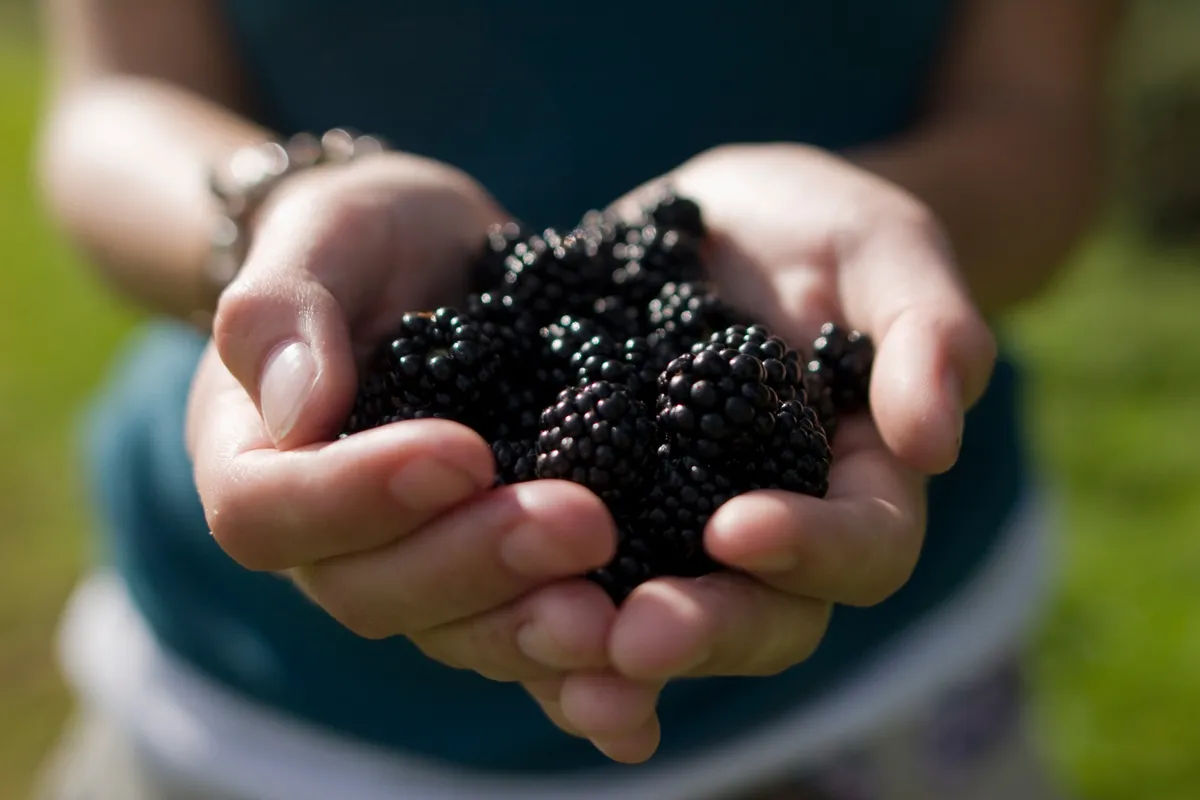
Best plants to forage for in July in the UK
1. Chanterelle mushrooms (Cantharellus cibarius)
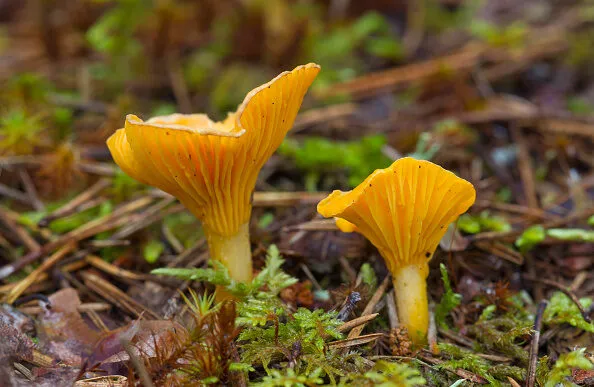
This pretty mushroom, and one of the most popular among foragers, can be found between July and December in the UK. They grow mainly in mossy, coniferous forests or beech forests, and prefer low-lying, damp areas. Chanterelles can be identified by their golden colour and funnel-shaped cap, false gills on the outside of the cap, and a faint apricot aroma. They have a sweet peppery flavour and succulent texture, making them perfect for sautéing in a little butter.
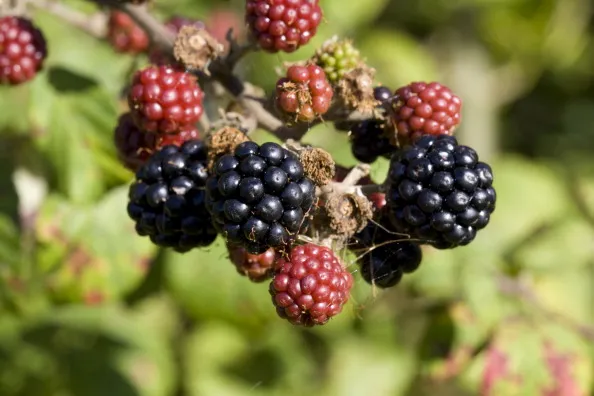
2. Mallow (Malva)

The many species of mallow (malva), can be found widely across the UK and are often considered weeds. When foraging, look out for the geranium-like leaves and pinkish flowers along hedgerows. When used in cooking, the leaves have a slightly glutinous texture due to the resin inside them, meaning they are are mainly used not for their flavour, but as a thickening agent. The flowers make an attractive addition to salads.
3. Wild strawberries (Fragaria vesca)
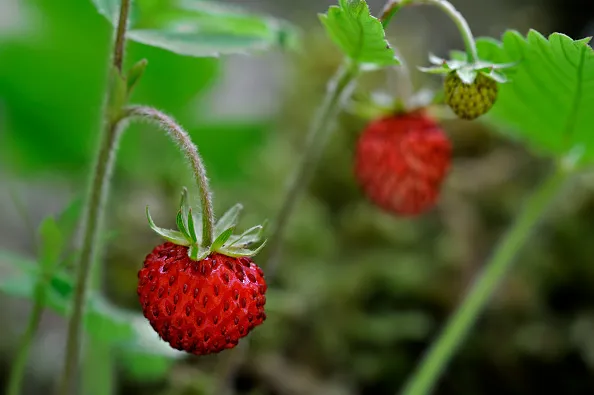
Wild strawberries, also known as woodland strawberries, are far smaller than the fruits we see in the supermarket and far more flavoursome. The plant flowers between April and July, and can be found in woodland and hedgerows. Identify wild strawberries by their small size and the small white flowers that accompany them. A favourite during the British summer, wild strawberries are flavoursome enough to be enjoyed on their own, but can also be used in a variety of classic desserts including tarts and trifles.
Try this recipe for wild strawberry and thyme ice cream.
4. Chickweed (Stellaria media)
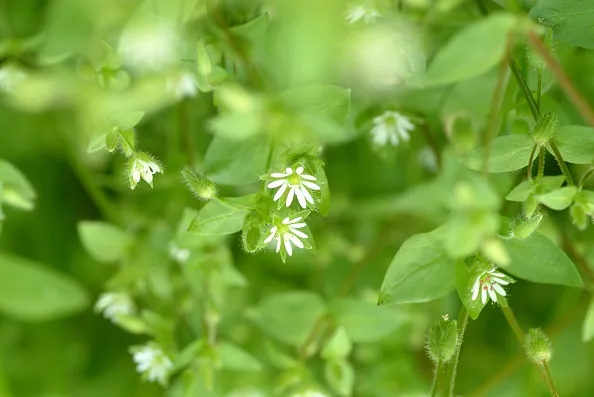
Unless you know exactly what you're looking for, chickweed can be hard to spot, but it actually grows in abundance throughout summer in the UK. The understated plant can be found in both gardens and wasteland, and is identifiable by its small white flowers, with petals that have the look of being split in half. The crisp leaves and delicate flowers go well in salads, although the plant is also known for its medicinal purposes, and is very high in nutritional value.
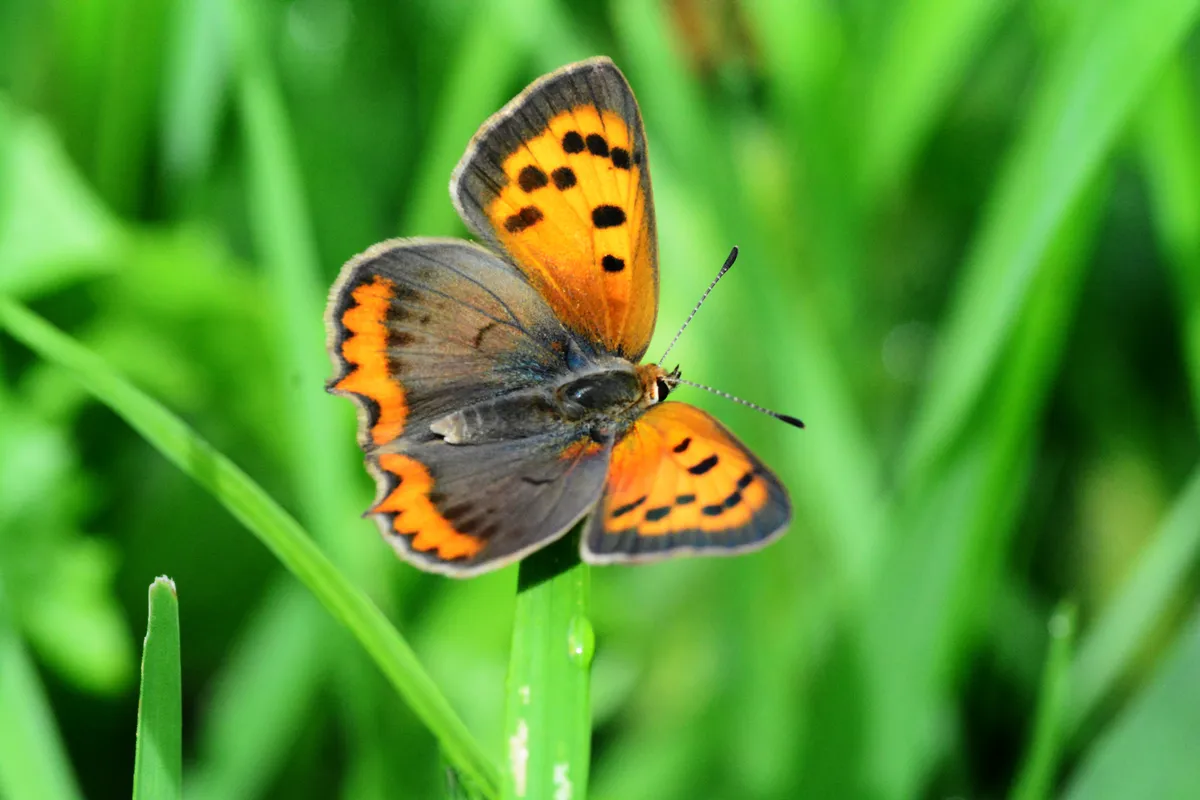
5. Wood sorrel (Oxalis)
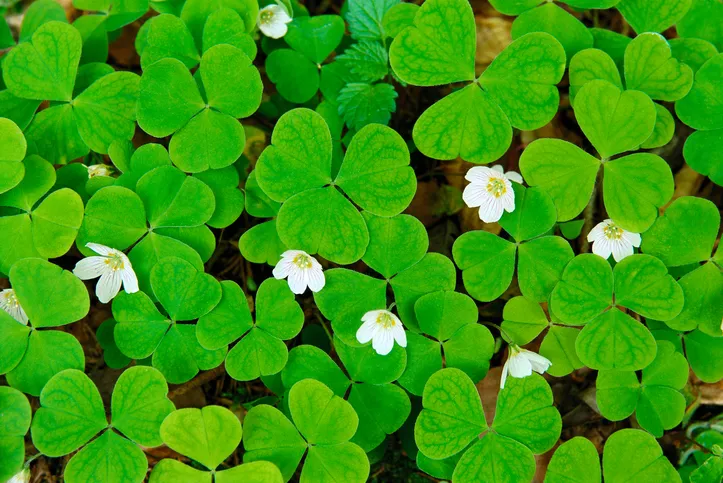
There are several varieties of sorrel, but wood sorrel is a true forager's friend. Found mostly in woodland at the base of the trees wood sorrel can be identified by its low-lying, fresh-green leaves, and in summer by its dainty, white flowers. The plant has a distinctive sharp, citrus taste, making it suitable for sauces and salads. It does however contain oxalic acid which is poisonous if consumed in large quantities, so be circumspect.
6. Meadowsweet (Filipendula ulmaria)

Meadowsweet is a common plant that blooms from June to September, and can be found in moisture-rich areas such as ditches and marshes. Look for the spray of small cream-coloured flowers, and the distinctive smell, often described as sweet almond or hay. It has been used for centuries to treat colds, indigestion and arthritis among other ailments, but the cucumber-flavoured leaves and sweet flowers lend themselves well to teas and cordials.
Be aware that meadowsweet contains the anticoagulant coumarin so should be consumed in small doses, and is not suitable for people with an Aspirin allergy.
7. Gorse (Ulex)
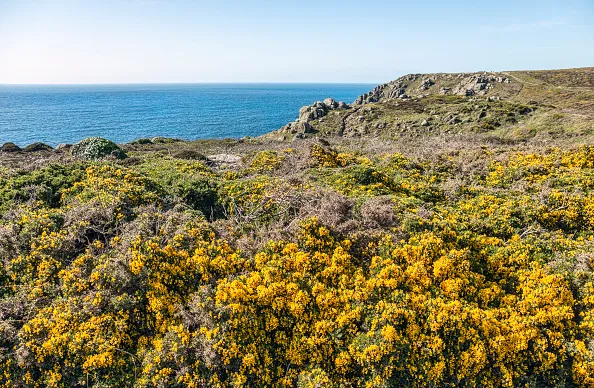
Gorse can be easily found in sandy coastal areas and on heathland. There are several varieties - the most abundant, common gorse, flowers slightly earlier in the year, while western gorse flowers in late summer. Identifiable by its many branches, tiny leaves, spines and small golden flowers, gorse also gives off a coconut-like scent. The only edible part of the plant is the flowers, which have the same coconut flavour, and are often used to make gorse wine. Take care when foraging - the thorns on the plants are rather vicious.
Try this recipe for gorse kick mead.
8. Yarrow (Achillea millefolium)
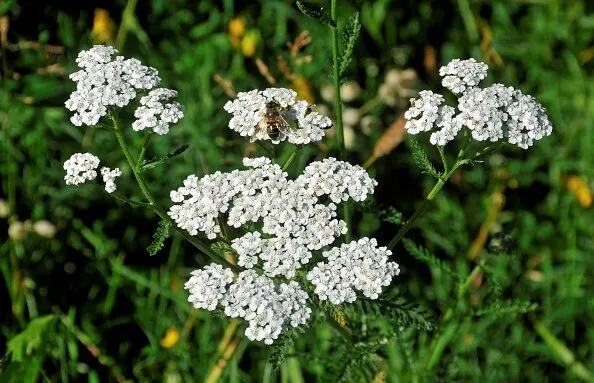
Yarrow has been foraged around the world for thousands of years - there is evidence that it was used by Neanderthals for its medicinal properties. The plant, which has feathered leaves and either white or pink flower heads with around 5 florets, can be found in pastures, hedgerows and many other habitats. Yarrow is extremely hardy and can grow at high altitudes. The leaves of the plant have a powerful taste, with a natural sweetness but also a distinct bitterness. Yarrow works best when treated as a soft herb - sautéing at the last minute, made into a purée, or tossed into a dessert.
9. Nettles (Urtica)

Although best known for their sting, nettles are a tasty and nutritious cooking ingredient, rich in vitamin C and iron. They can be found almost anywhere, but prefer rich soil. In late spring and early summer, look for young nettles in shadowy areas. Nettles have jagged, pointed leaves, can grow in clusters up to 8 feet tall, and have fine hairs on the stem and underside of the leaves, which is where the sting comes from. When cooked, the sting disappears and the nettle has a earthy flavour, comparable to spinach. In the same way as spinach, nettles are an extremely versatile ingredient, try these recipes:
10. Dandelions
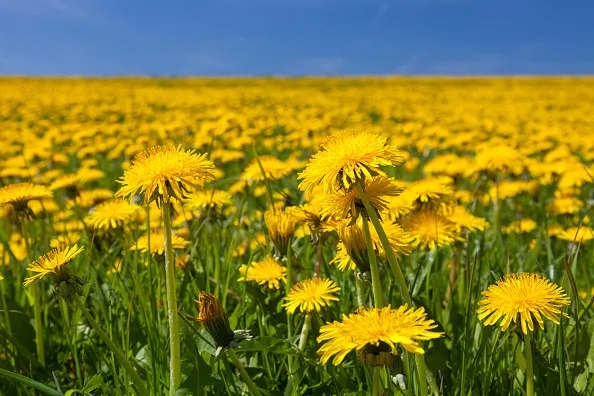
If you're lucky, you may still find a few dandelions growing around the British countryside and, though gardeners despise them, for foragers, they are full of potential. The yellow rosette flowers with hairless, toothed leaves have featured in traditional medicine for centuries, being used to treat a range of ailments from warts to kidney problems. The entire plant is edible – the leaves are a highly nutritious alternative to spinach or kale – and the petals lend a pop of sunshine yellow to any dish. Like nettles (above), it's very versatile and can be used in a range of dishes, try these recipes:
Read Ellie Harrison's article on why we should embrace the humble dandelion.

